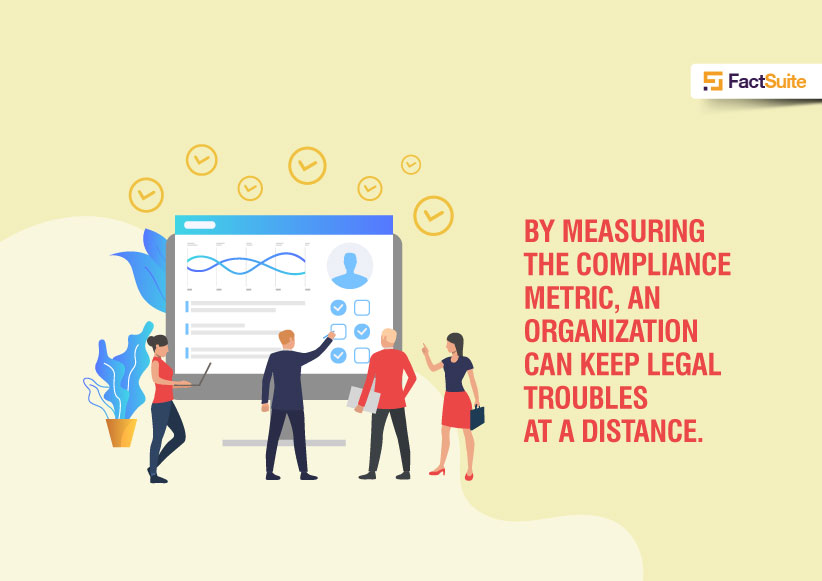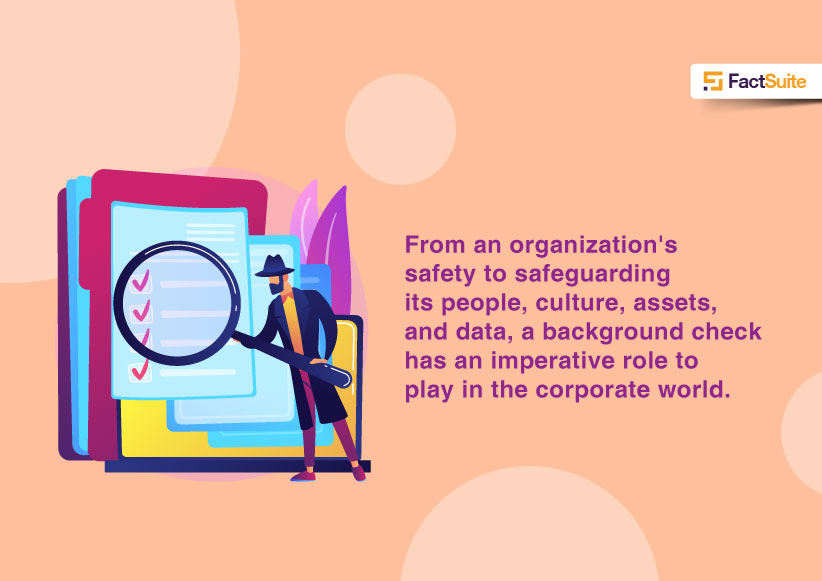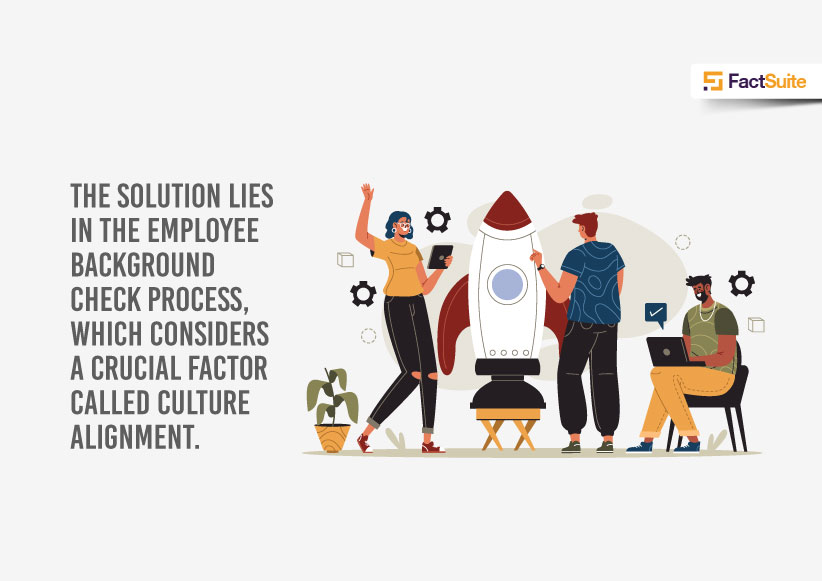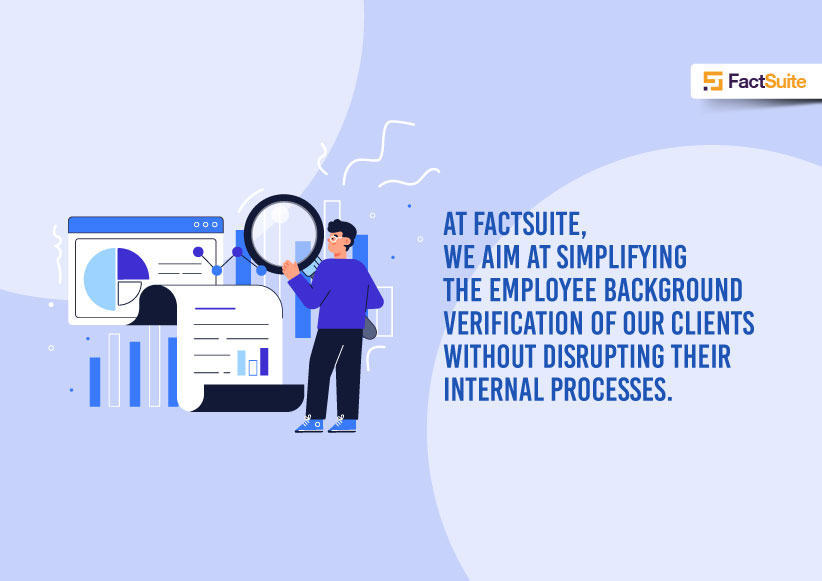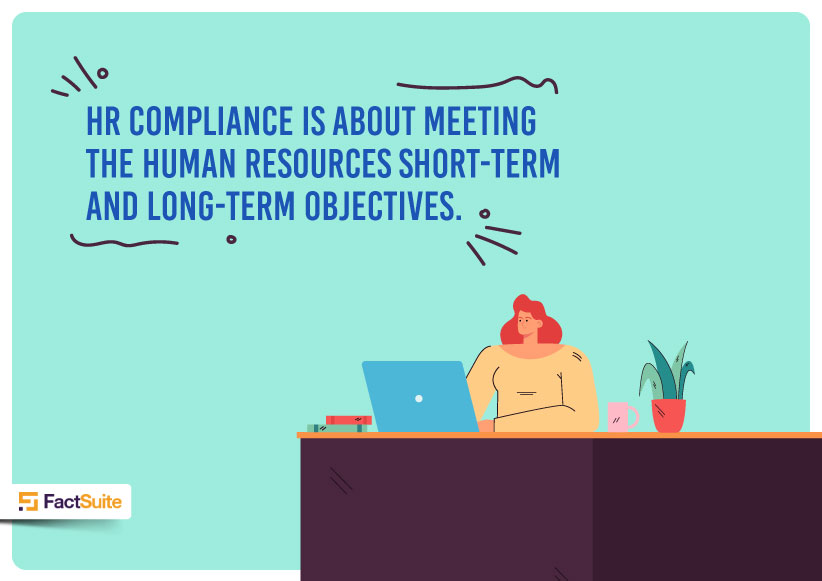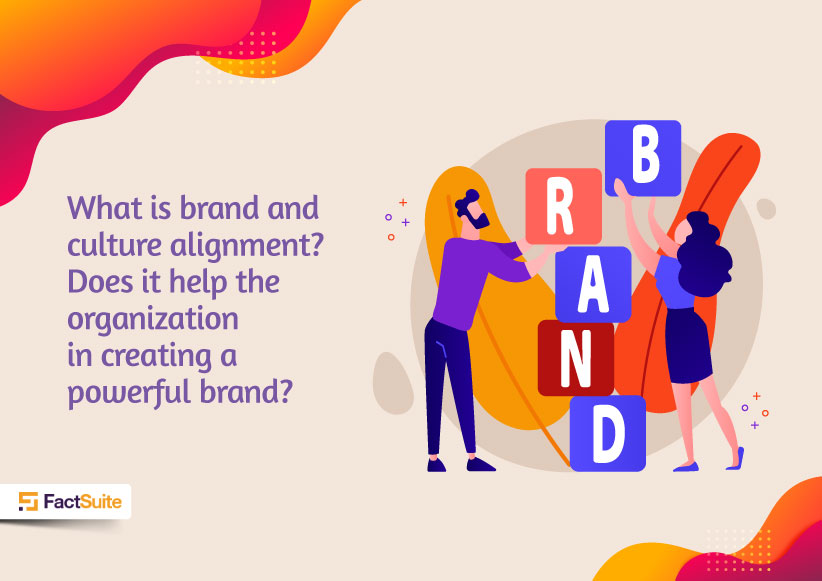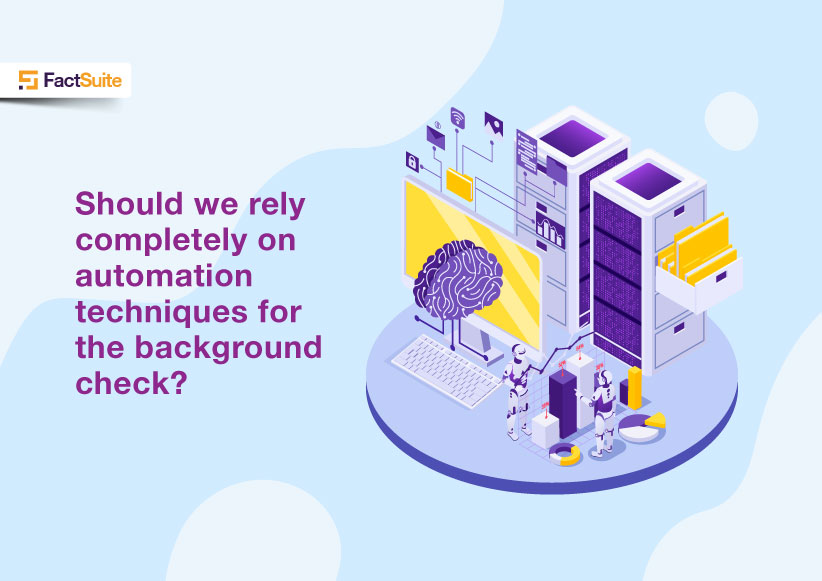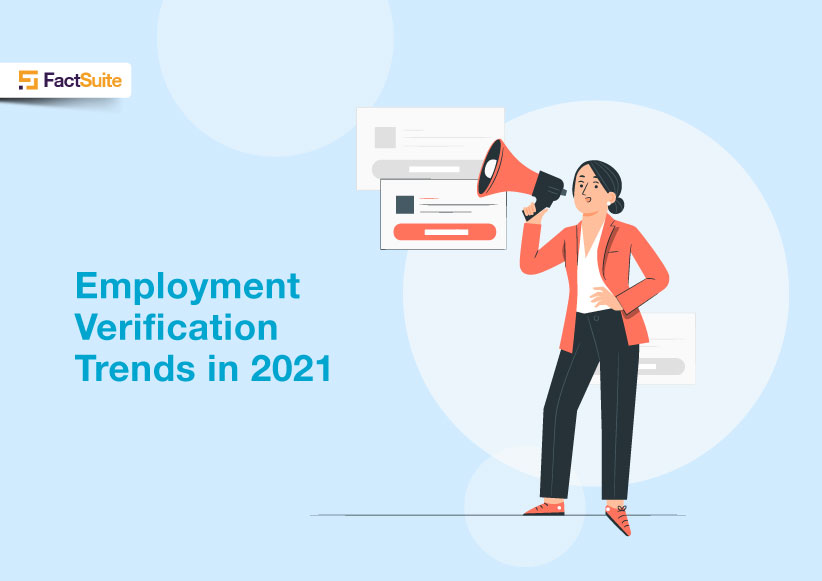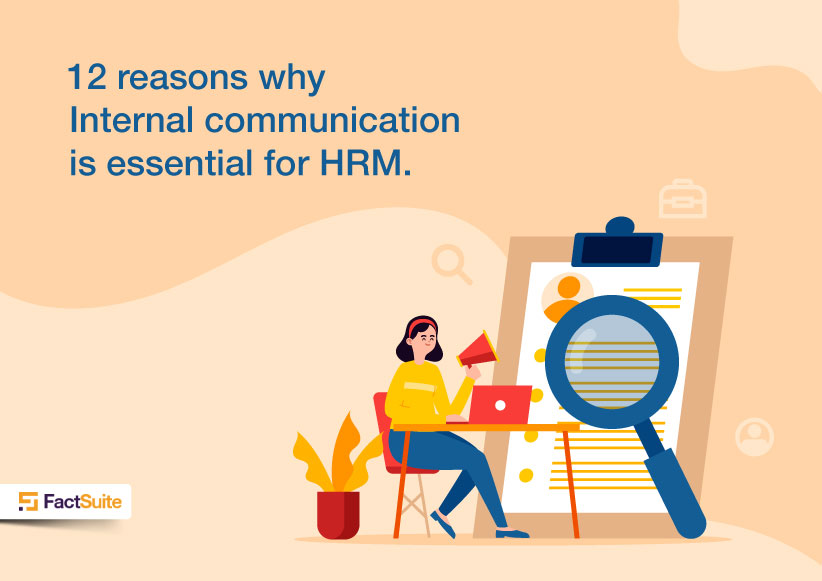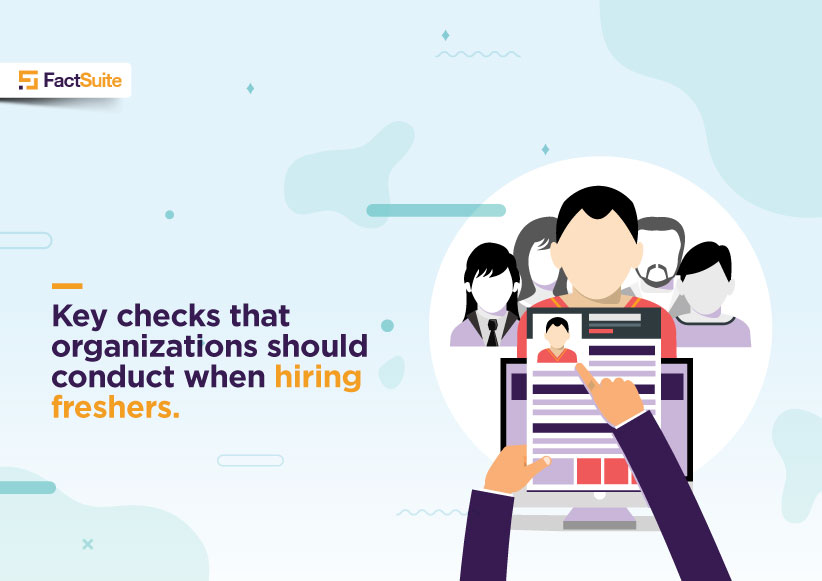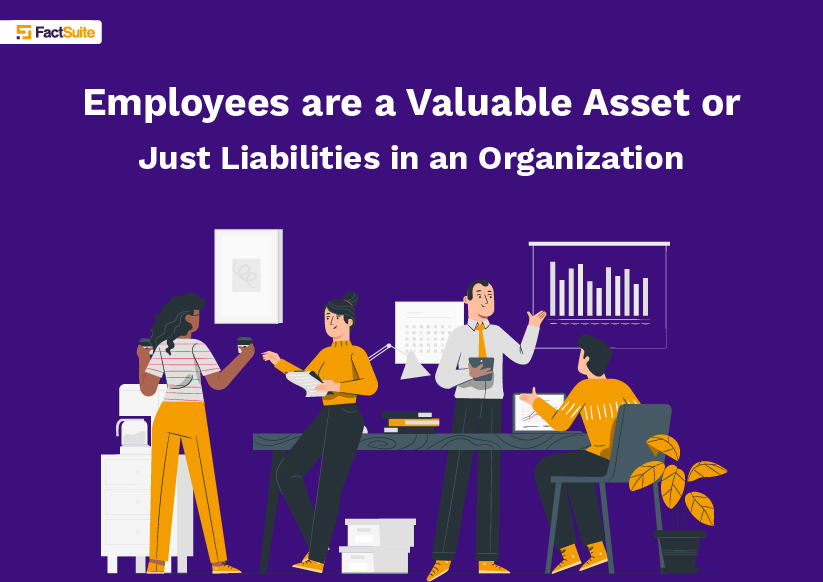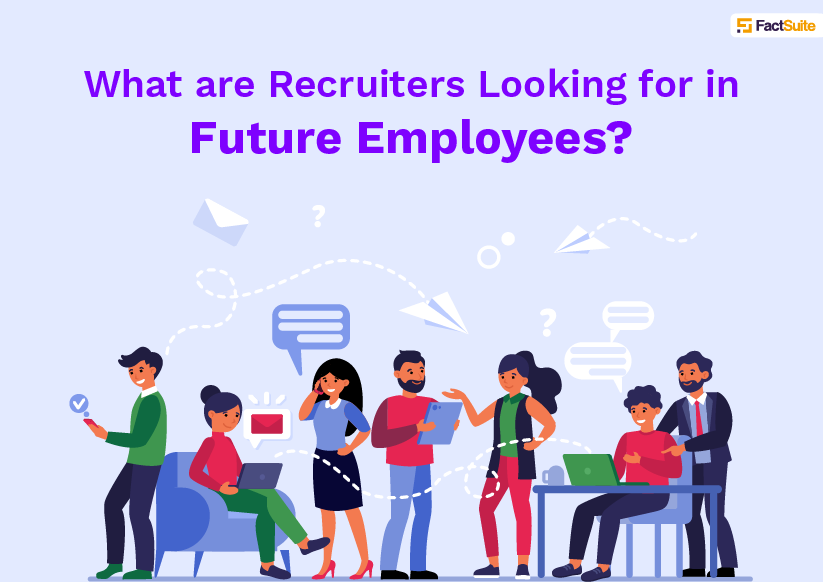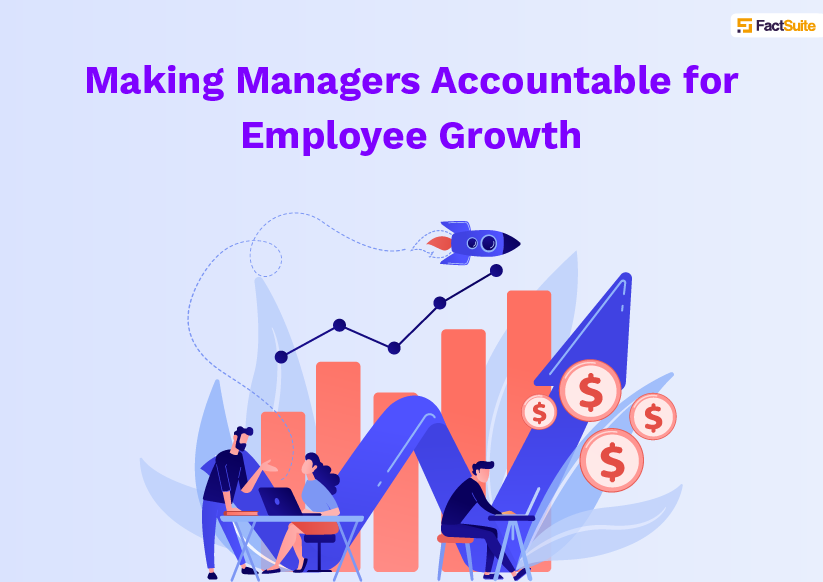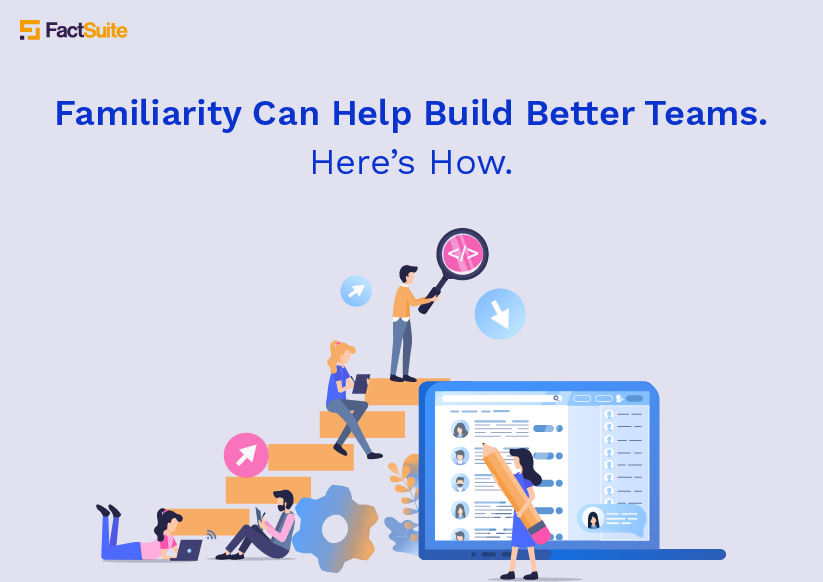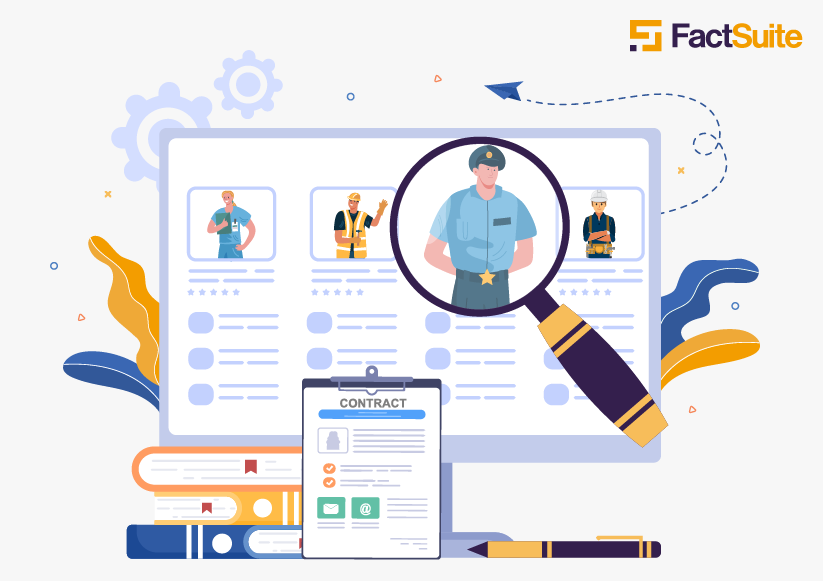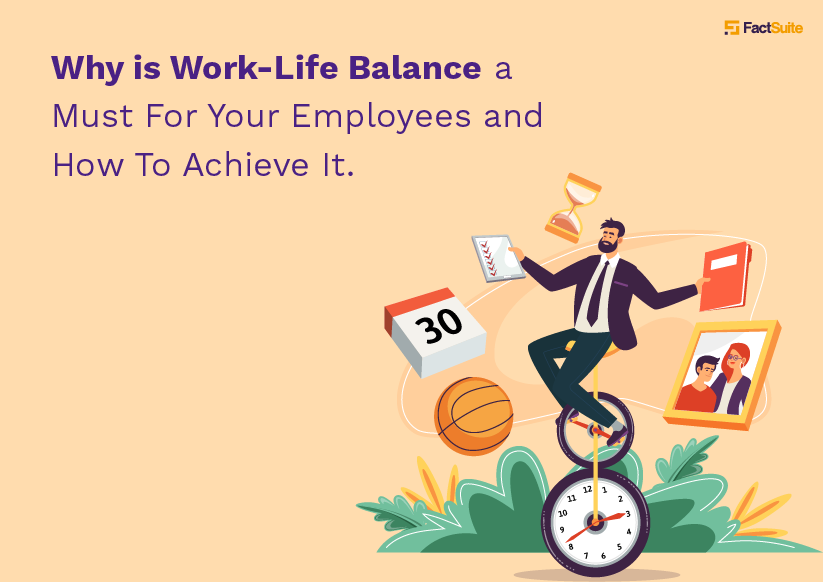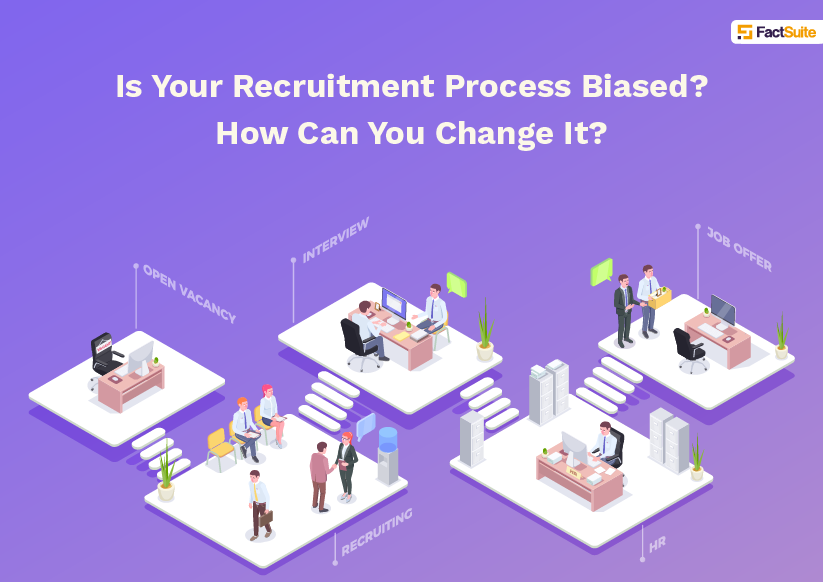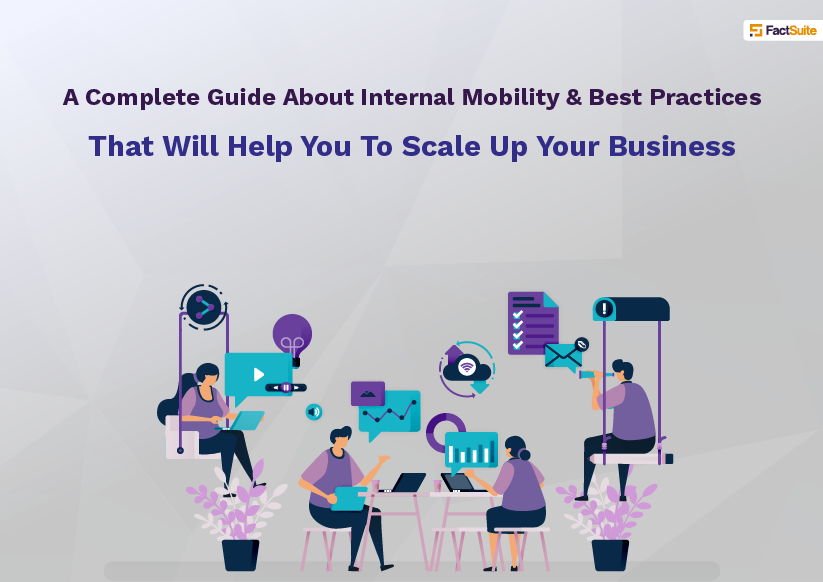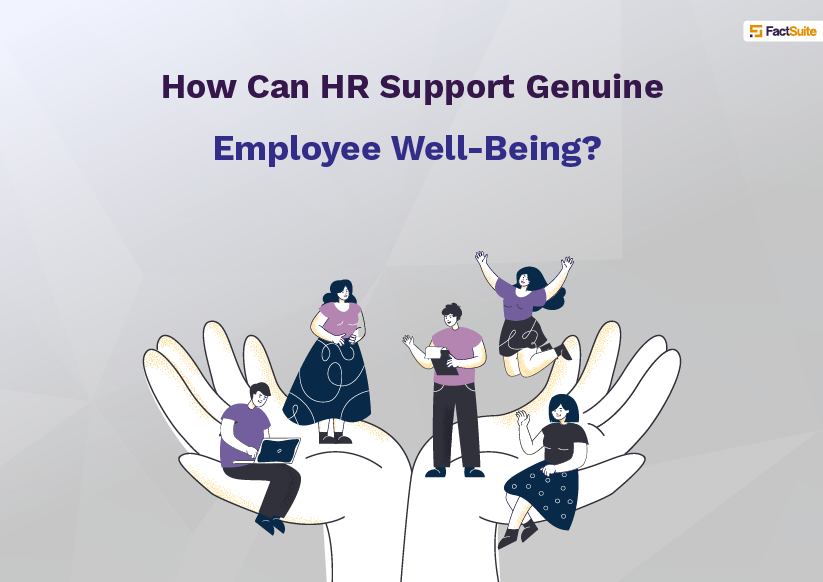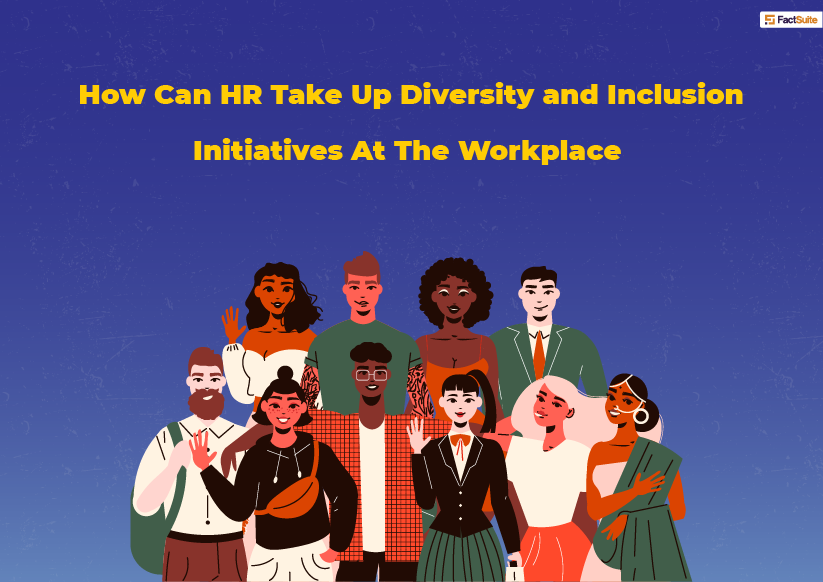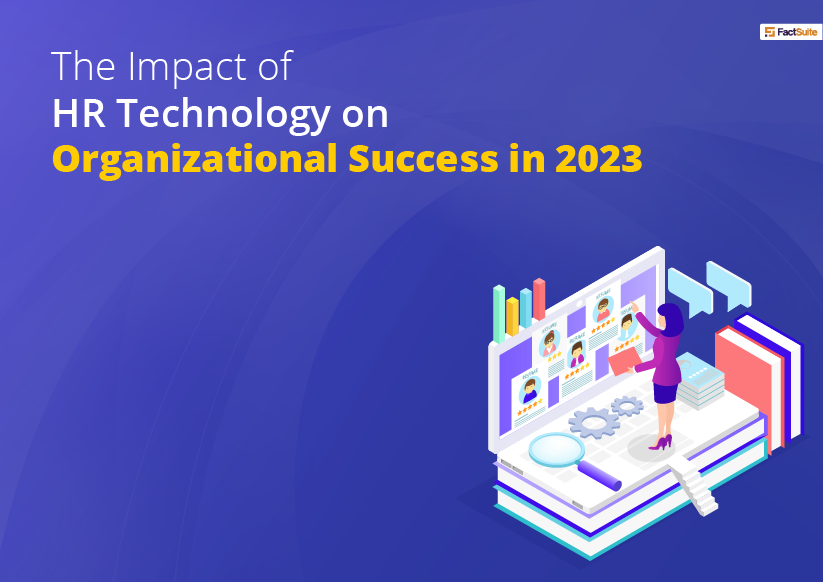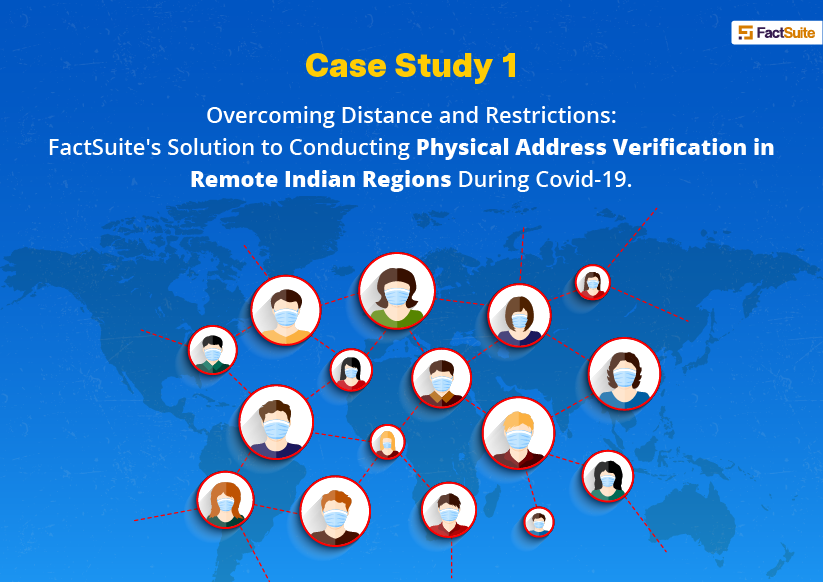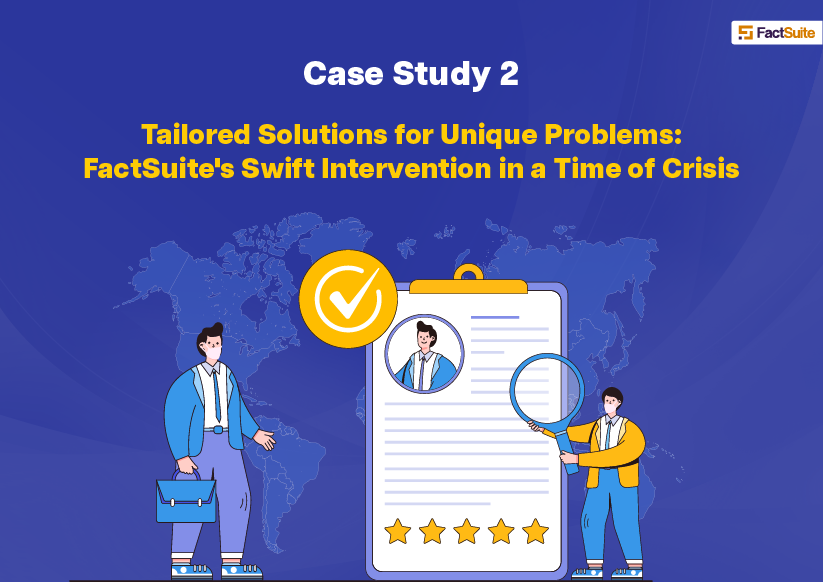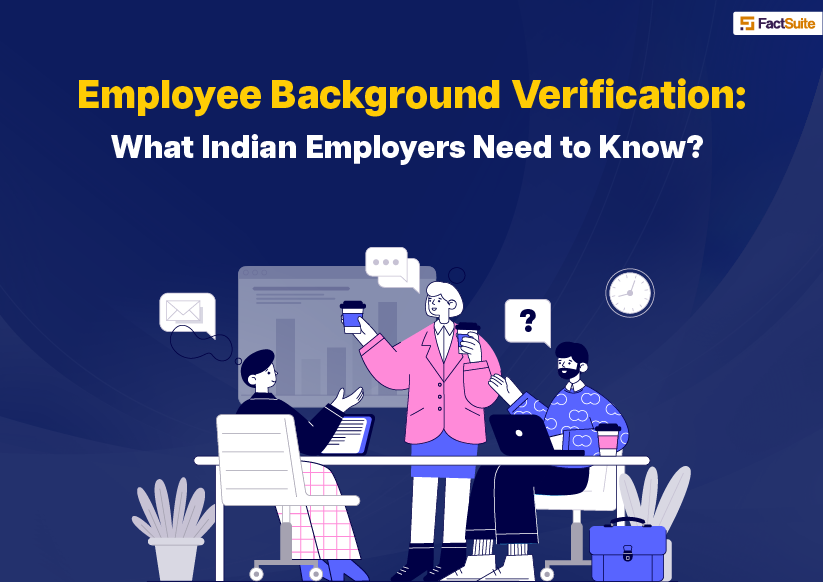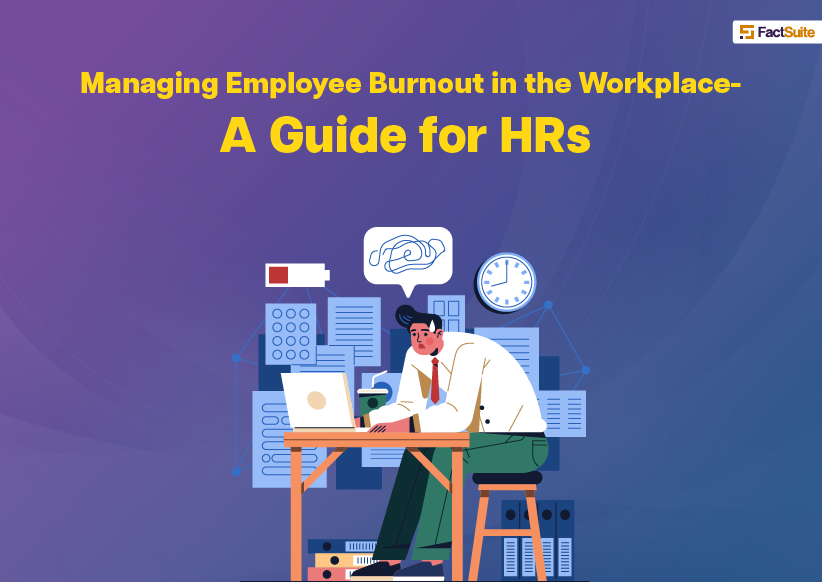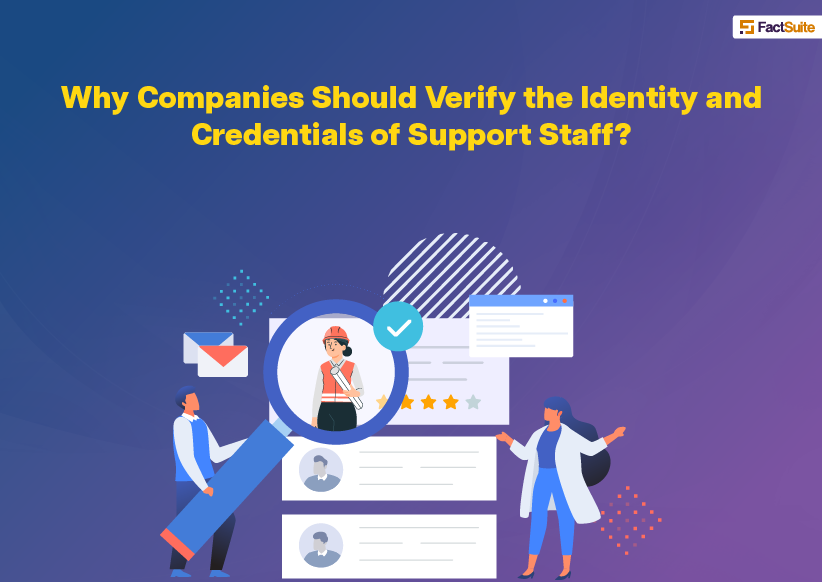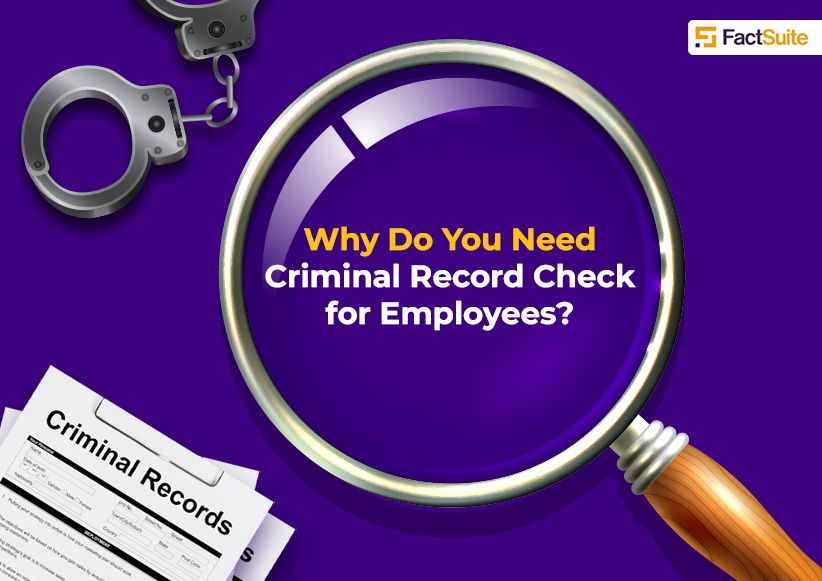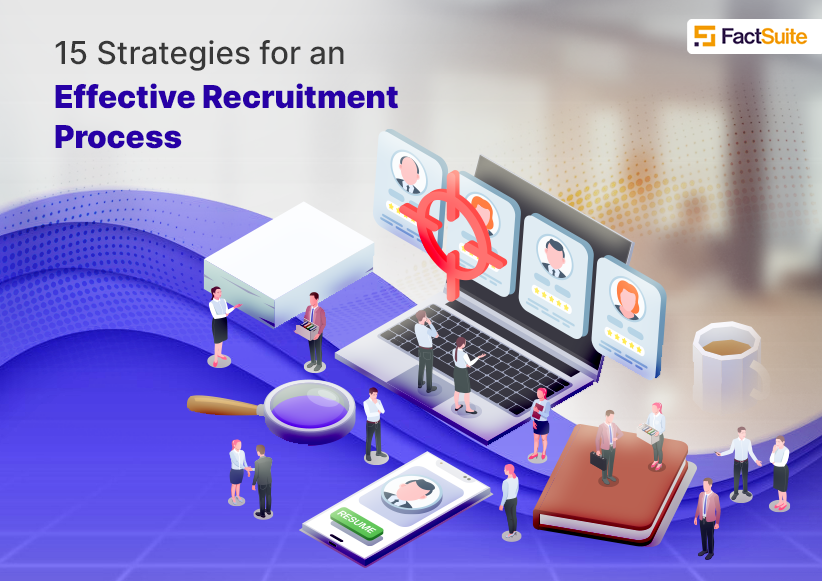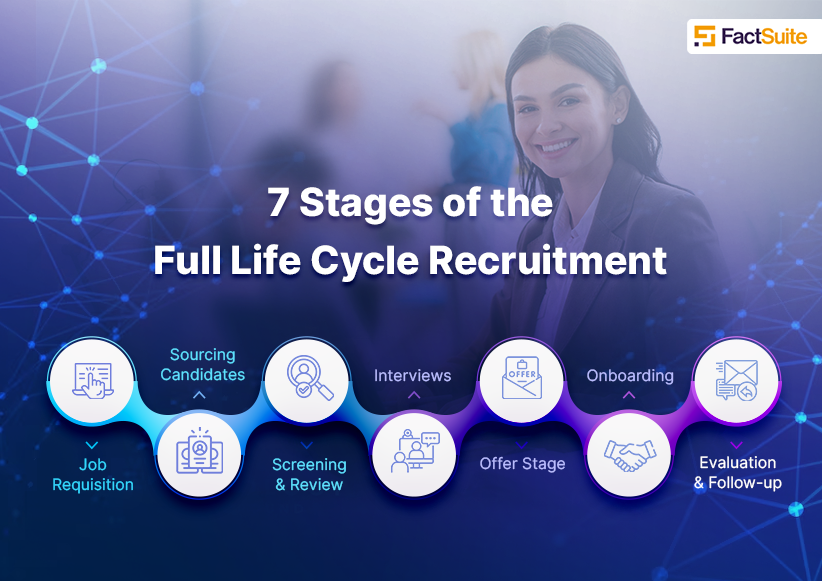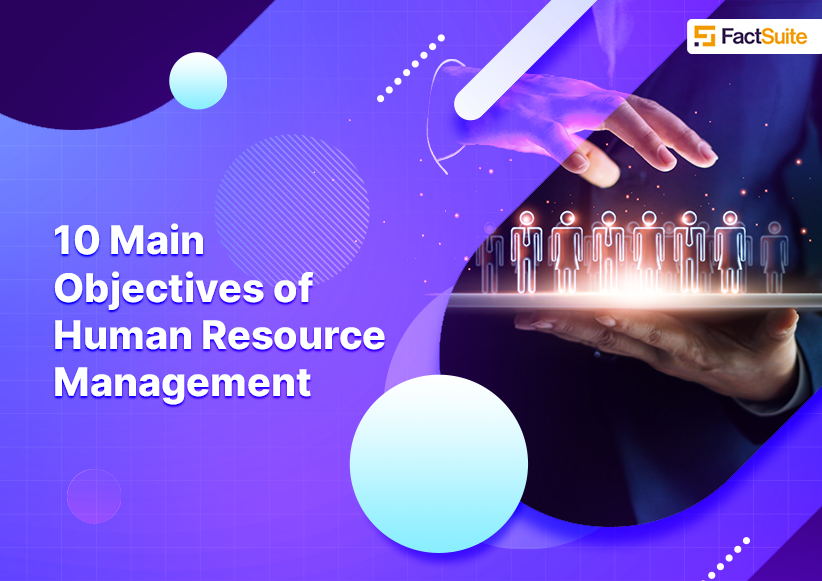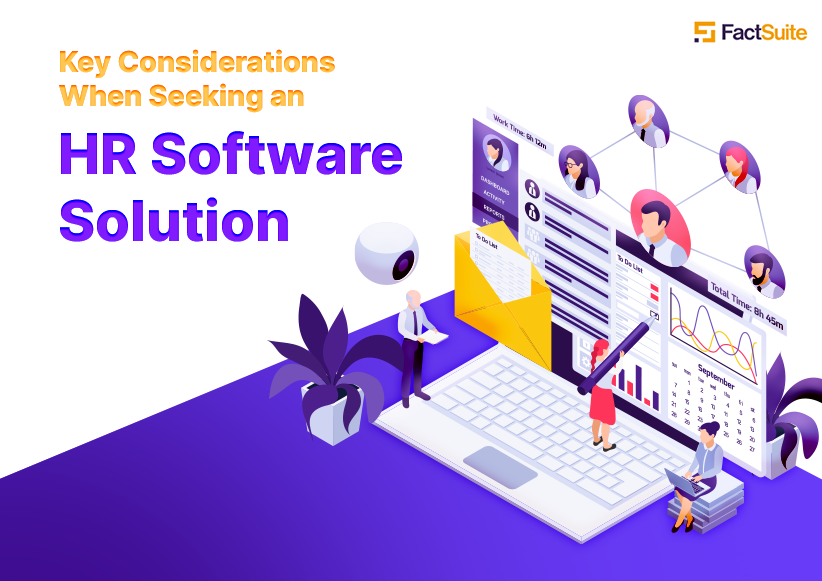Ways to Improve Frontline Employee Engagement
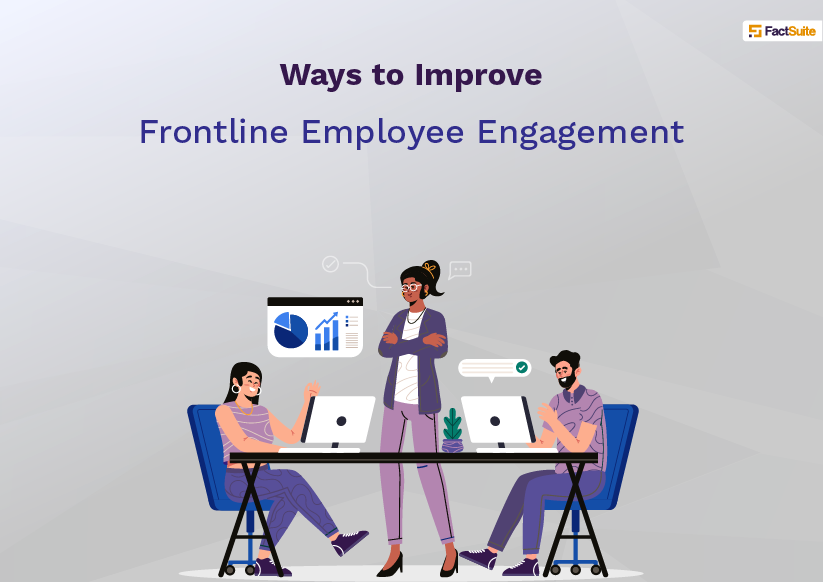
Table of Content
Introduction
What is Frontline Employee Engagement?
Ways to Engage With Frontline Employees
- Prioritize Company Culture and Experience
- Focus on Leadership
- Frontline Employee Appreciation
- Use of Technology
- Value their Suggestion
Employee Engagement with Frontline Employees
Leadership Communication, Employee Wellbeing & Digital Tools
Conclusion
Introduction
Usually, the employees have face-to-face experiences with customers, and frontline employees play a crucial role in building your company's culture and reputation. But frontline workers feel left out in conversations about employee engagement even though frontline employees make up 80% of the workforce worldwide. The pandemic is challenging for every employee, but frontline workers have borne the brunt of health risks and customer frustration.
This has left the workers disengaged and demoralized, and just 41% of the employees are engaged at work. However, many frontline and deskless workers think employee engagement strategies are removed from the reality of their daily responsibility as front-facing staff. Thus, your organization's success must ensure that the engagement strategies resonate with the frontline workforce and create a positive frontline employee experience.
Over the years, Gallup studies show that engaged employees produce better business outcomes. That holds during recessions and booming economies and across the different sizes of businesses and industries.
What is Frontline Employee Engagement?
Frontline employee engagement builds a strong connection between frontline workers and other employees. To engage frontline employees in your organization, you must establish a focused and targeted communications strategy, empower your leaders, create a community culture, and ensure they utilize the digital workspace.
Any business, whether large or small, only need two things, i.e., profit and happy customers. However, the frontline workers are the link between your brand and customer, and they represent your company and what purpose you serve. However, failure of frontline engagement in workers will cost your business an average of 34% of the employee's annual salary. The lack of frontline engagement and great frontline employee experience cause:
18% lower productivity levels
15% decrease in profits
37% increase in absenteeism
Due to this, frontline employee engagement should be on an organization's priority list. Thus, this blog has compiled some helpful approaches to improve frontline engagement in employees.
Ways to Engage With Frontline Employees
Engaging with frontline employees can be challenging, but it is essential to persevere and find effective strategies to overcome these obstacles in frontline employee experience. Despite the difficulties, there are several proven methods that can help create a superior frontline employee experience and increase engagement throughout the frontline workforce. By implementing these strategies, organizations can build a strong connection with their frontline employees and foster a culture of frontline engagement and productivity.
Prioritize Company Culture and Experience
After the pandemic, employees are burned out and demoralized across job sectors. Over 2021 and 2022, the Bureau of Labor Statistics shows that many people leave their jobs without a new setup. However, in hybrid work cultures, some employees work on the front lines and others work remotely. So, it is difficult to recognize the disengagement among staff and to build the kind of employee experience and company culture that fights against it.
Thus, creating a robust, inclusive, and cohesive company culture means establishing hiring practices that bring in employees who are team players—furthermore, fostering a workplace atmosphere and encouraging employees to speak up and ask for upward feedback.
Focus on Leadership
A leading team has a massive responsibility to influence the employee and demonstrates the company’s value and mission, especially in time of stress. However, effective frontline leadership has the potential to create an atmosphere that fosters engagement and morale, creating a robust frontline engagement model.
For frontline employees, leaders are their role models, so getting clear communication senior team is crucial so that employees feel in the loop and understand their role. The modern and large organization will ensure that leaders communicate quickly and seamlessly with everyone in the workforce.
Frontline Employee Appreciation
The link between frontline employee engagement and frontline employee recognition is undeniable. When employees feel encouraged, it enhances their self–confidence and empowers them professionally and personally. Thus, when the employees' work is appreciated, they feel motivated, and their efforts are valued. This is the base of a strong frontline engagement model.
An organization can adopt countless frontline employee recognition ideas, from thanking employees to giving gift cards and paid vacations. No matter your company's budget, there is always a way to show gratitude towards your frontline employees and delve into frontline employee recognition, and ultimately a better frontline employee experience.
Use of Technology
The use of technology and apps are not just for your desk workers. The , frontline engagement model need to empower technology in the business too. As per McKinsey and the company found that 43% of organizations that are digitally authorized frontline employees can see fantastic progress in their digital transformation.
Implementing an easy-to-use, adaptive intranet with its mobile app plays a significant role in engaging frontline workers. The customers using Oak Engage’s adaptive technology achieve 99% engagement in the first three months.
Value their Suggestion
Never hesitate to ask for suggestions. Sometimes frontline workers have great advice to improve the experience offered to their end – users and colleagues. If someone has a good idea, implement it. When a manager thinks an idea is not feasible, it is essential to communicate the reason behind it with frontline workers.
This approach enables them to know whether you are implementing the idea or not. But frontline employees have the satisfaction that their ideas are heard and considered. These encourage them to give their opinions and ensure that they are part of the organization. Frontline employee recognition strengthens with practises like these.
Employee Engagement with Frontline Employees
Employee engagement with frontline employees is a critical aspect of ensuring the success and growth of a company. Frontline workers, who directly interact with customers, are essential in achieving the company's goals and aspirations. Motivating and engaging these employees can be challenging due to the diverse responsibilities they handle and the potential constraints of different time zones.
To create an effective , frontline engagement model, organizations can employ various strategies and tools to establish effective communication channels, share important information, and make these employees feel valued and appreciated. Recognizing the importance of engaging frontline staff, companies are now recognizing the need to prioritize their engagement efforts.
Leadership Communication, Employee Wellbeing & Digital Tools
Leadership communication plays a crucial role in engaging frontline employees. When leaders communicate effectively with these employees, they convey the organization's vision, goals, and expectations clearly. By sharing information and providing regular updates, leaders create a sense of transparency and inclusion, making frontline employees feel connected to the company's mission. This, in turn, boosts their motivation and engagement levels.
Investing in employee wellbeing is another crucial aspect of frontline employee engagement. Organizations must prioritize the physical, mental, and emotional wellbeing of their frontline workers. This can be achieved through various means, such as providing adequate training and development opportunities, offering competitive compensation packages, promoting work-life balance, and implementing employee assistance programs. When frontline employees feel supported and cared for, they are more likely to be engaged and committed to their roles.
In addition to effective communication and employee wellbeing, the right digital tools can significantly enhance frontline employee engagement. Companies can leverage technology to streamline processes, provide real-time information, and foster collaboration among frontline teams. Digital tools such as mobile applications, internal communication platforms, and task management systems can empower frontline employees, improve their efficiency, and create a sense of community and engagement within the workforce.
Conclusion
In conclusion, prioritizing employee engagement at the frontline is not just a nice-to-have, but a critical factor in driving organizational success. By placing emphasis on effective leadership communication, investing in the wellbeing of frontline employees, and leveraging suitable digital tools, companies can cultivate an environment where frontline staff members feel appreciated, motivated, and aligned with the company's objectives.
When frontline employees are engaged, they are more likely to go above and beyond in their roles, resulting in higher levels of productivity. Additionally, engaged frontline workers tend to provide better customer service, as they are more attentive, empathetic, and committed to meeting customer needs. This, in turn, enhances the overall customer experience and contributes to the long-term success of the organization.
By consistently implementing strategies to engage frontline employees, organizations can establish a culture that values their contributions and fosters their professional growth. When frontline employees feel valued and connected to the company's goals, they become advocates for the organization, leading to increased loyalty, reduced turnover, and a positive impact on the company's bottom line.
In a rapidly changing business landscape, where frontline employees play a crucial role in delivering exceptional customer experiences, investing in their engagement is an investment in the company's future. By recognizing their importance, providing the necessary support, and creating an environment that promotes their wellbeing and development, organizations can thrive and maintain a competitive edge in the market.

